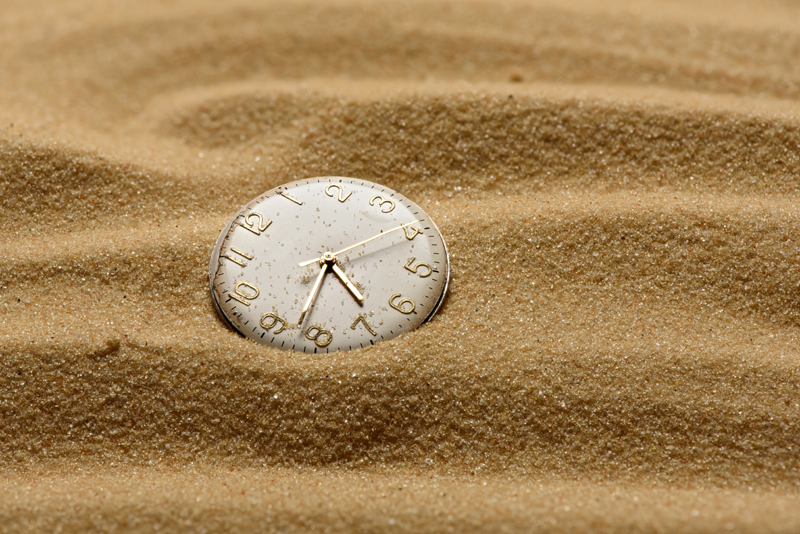Needles, Pins and Pincushions

Dating back over 40,000 years needles were first made of wood, bone and ivory, later out of brass and bronze in the time of Moses, then steel from Spain up to the 1650s, in modern times oil and emery polished hardened steel. Today the eminently functional hand sewing tool is made out of high carbon steel wire and nickel or gold plated for corrosion resistance.
In the 14th and 15th centuries needles and pins were highly sought after and a pincushion was a necessity to keep the valuable sewing tools from getting lost, rusty and dull. Pincushions were stuffed with bits of lanolin-rich wool to lubricate the needles and pins and fine emery to keep them sharp. Long a staple of a woman's sewing box, pincushions have served as more than a handy place to coral leftover pins and needles.
There are estate inventories and wills from this period that included needles and pins. Pincushions were also on display on dressers during Victorian times so that women could keep their hat pins as well as sewing pins at hand.
Consider a charming tiny pincushion to make that fits on your finger or one to fit on your wrist!
General instructions - Using a plastic bottle cap pierce two holes near to each other in the center of the cap. Cut a piece of 1/8-inch elastic (or use a ponytail elastic band) that will fit around your finger plus an inch. The elastic is then inserted into each of the holes, knotted and secured with a dab of hot glue. The pincushion is made much like a fabric yo-yo – cut out a circle, approx. 4 1/4-inch diameter, use a running stitch 1/4-inch in from the edge of the entire circle, draw-up the thread gently to make a cup shape, then tightly fill with wool scraps, or polyfill, pull the circle closed tightly, knot securely.
Glue a decorative lace edging inside the bottle cap and then put a generous amount of hot glue inside the bottle cap center and press the completed cushion into the bottle cap knotted end down. An alternative is to leave off the ring elastic, add a hook and loop tape dot or square to the back of the tiny pincushion and one to your sewing machine. The pincushion will dress up your sewing machine and add a handy place for those pins and needles to reside while you sew. Many examples of the finger ring pincushion can be found online.
A wristband pincushion could be made similarly by using a plastic jar lid. Instead of elastic make the wristband by using a length of self-wrap hook and loop (hooks on one side and loops on the other in one easy piece) tape to insert into two side by side slits cut into the center of the lid. The cut slits should be just enough for the tape to insert through. The length of the tape should fit securely around the wrist plus one-inch additional to overlap. Create an appropriate size yo-yo for the pincushion and fill firmly with polyfill and very fine steel wool. The steel wool will help to keep needles and pins sharp.
Pincushions and their accompanying needle cases offered sentimental as well as functional value. They continue to enjoy an immense popularity among sewers and crafters. Make a few to give away as gifts or cherish as whimsical keepsakes.
Simple and charming the functional yet traditional tomato-shape pincushion is relatively easy to create. Sew one or more if you'd like of Martha Stewart's easy to make pincushions as they are timeless, practical, always whimsical, and a sewing box mainstay.
Sew happy, sew inspired.
In the 14th and 15th centuries needles and pins were highly sought after and a pincushion was a necessity to keep the valuable sewing tools from getting lost, rusty and dull. Pincushions were stuffed with bits of lanolin-rich wool to lubricate the needles and pins and fine emery to keep them sharp. Long a staple of a woman's sewing box, pincushions have served as more than a handy place to coral leftover pins and needles.
There are estate inventories and wills from this period that included needles and pins. Pincushions were also on display on dressers during Victorian times so that women could keep their hat pins as well as sewing pins at hand.
Consider a charming tiny pincushion to make that fits on your finger or one to fit on your wrist!
General instructions - Using a plastic bottle cap pierce two holes near to each other in the center of the cap. Cut a piece of 1/8-inch elastic (or use a ponytail elastic band) that will fit around your finger plus an inch. The elastic is then inserted into each of the holes, knotted and secured with a dab of hot glue. The pincushion is made much like a fabric yo-yo – cut out a circle, approx. 4 1/4-inch diameter, use a running stitch 1/4-inch in from the edge of the entire circle, draw-up the thread gently to make a cup shape, then tightly fill with wool scraps, or polyfill, pull the circle closed tightly, knot securely.
Glue a decorative lace edging inside the bottle cap and then put a generous amount of hot glue inside the bottle cap center and press the completed cushion into the bottle cap knotted end down. An alternative is to leave off the ring elastic, add a hook and loop tape dot or square to the back of the tiny pincushion and one to your sewing machine. The pincushion will dress up your sewing machine and add a handy place for those pins and needles to reside while you sew. Many examples of the finger ring pincushion can be found online.
A wristband pincushion could be made similarly by using a plastic jar lid. Instead of elastic make the wristband by using a length of self-wrap hook and loop (hooks on one side and loops on the other in one easy piece) tape to insert into two side by side slits cut into the center of the lid. The cut slits should be just enough for the tape to insert through. The length of the tape should fit securely around the wrist plus one-inch additional to overlap. Create an appropriate size yo-yo for the pincushion and fill firmly with polyfill and very fine steel wool. The steel wool will help to keep needles and pins sharp.
Pincushions and their accompanying needle cases offered sentimental as well as functional value. They continue to enjoy an immense popularity among sewers and crafters. Make a few to give away as gifts or cherish as whimsical keepsakes.
Simple and charming the functional yet traditional tomato-shape pincushion is relatively easy to create. Sew one or more if you'd like of Martha Stewart's easy to make pincushions as they are timeless, practical, always whimsical, and a sewing box mainstay.
Sew happy, sew inspired.
You Should Also Read:
Book Review: Super Cute Pincushions
Forever Essential Sewing Basket

Related Articles
Editor's Picks Articles
Top Ten Articles
Previous Features
Site Map
Content copyright © 2023 by Cheryl Ellex. All rights reserved.
This content was written by Cheryl Ellex. If you wish to use this content in any manner, you need written permission. Contact Cheryl Ellex for details.







